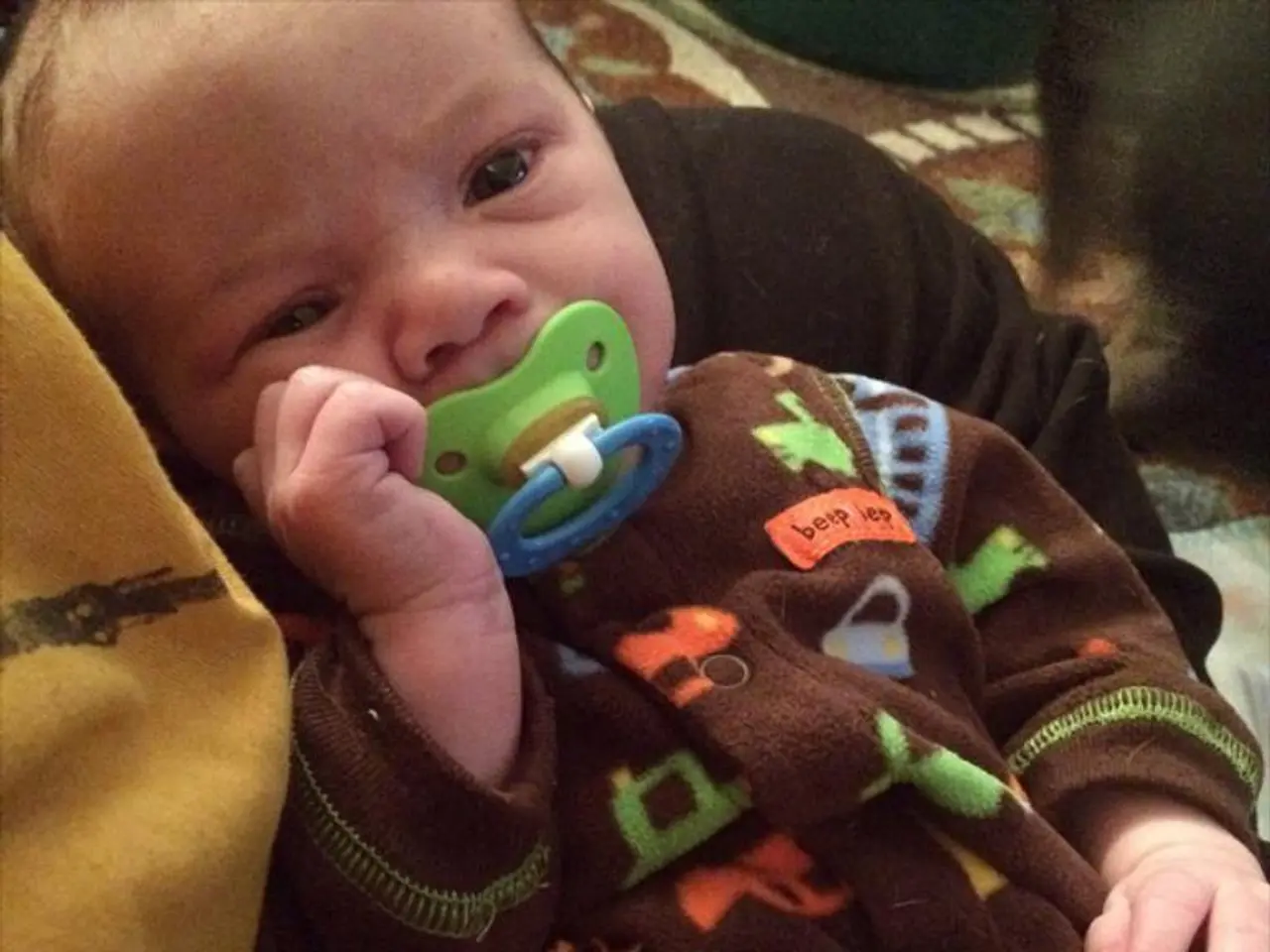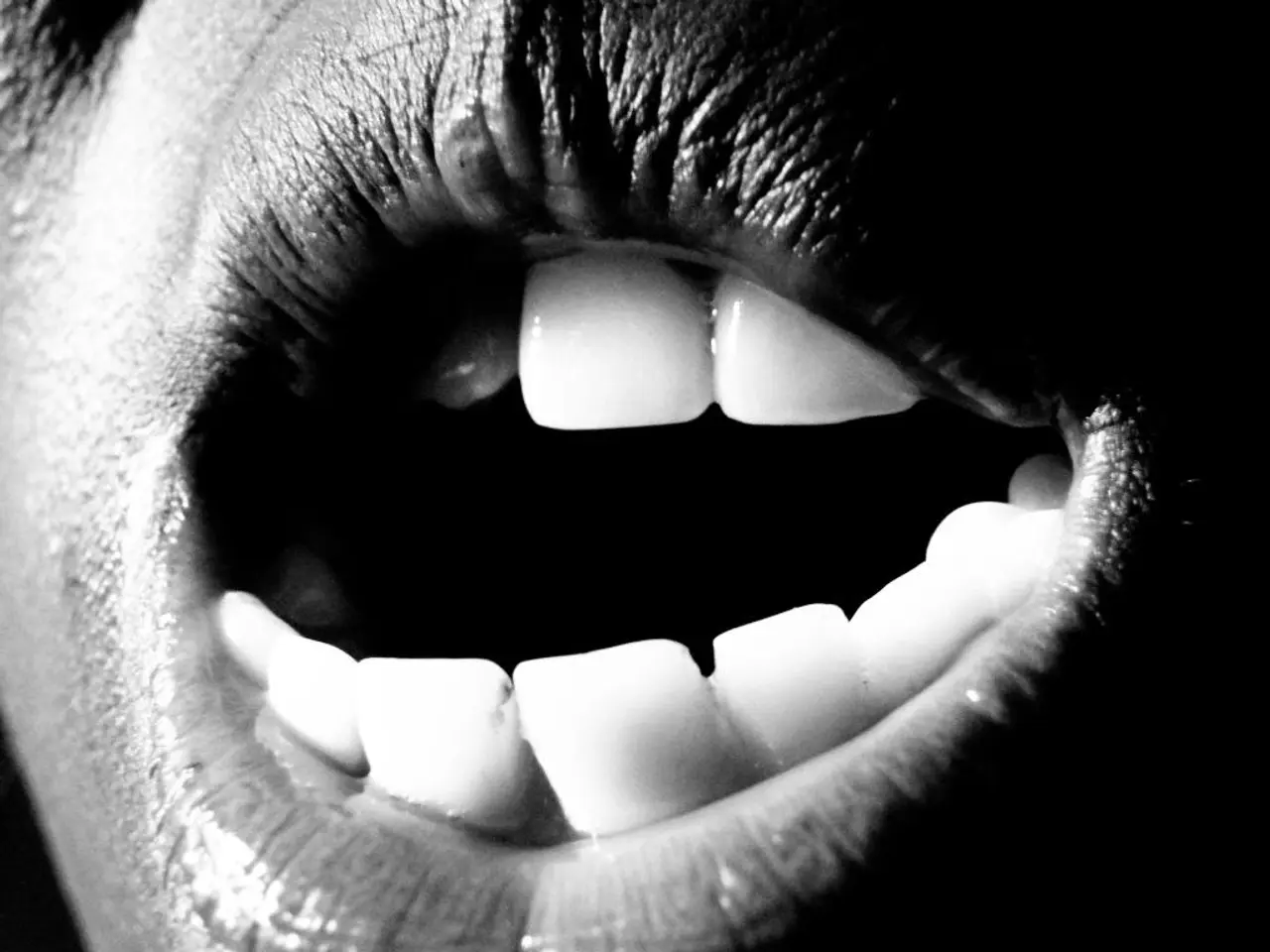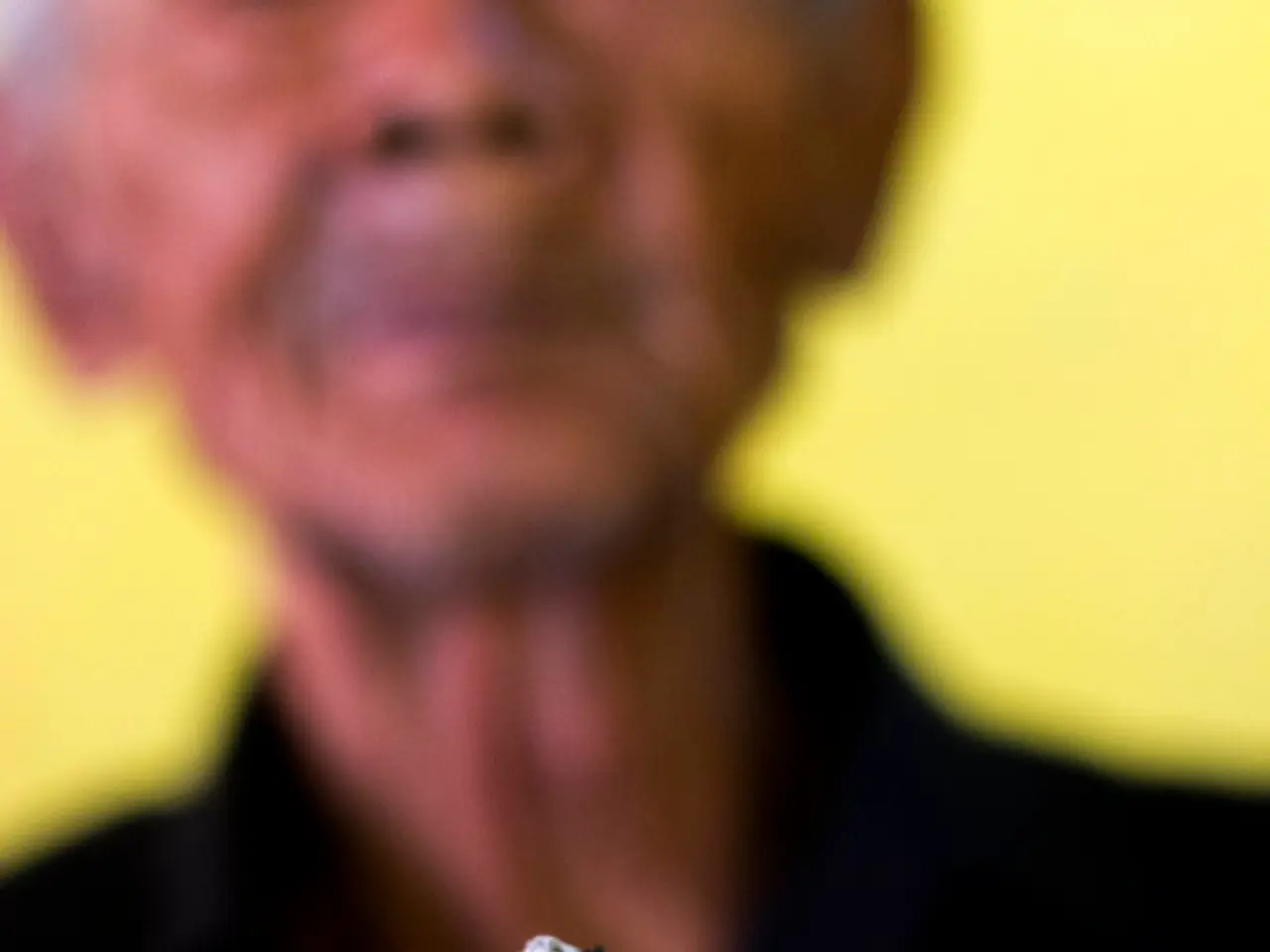Nipple Bumps: Understanding Causes, Remedies, and Pregnancy Implications
In the course of pregnancy and breastfeeding, it is not uncommon for women to experience bumps on their nipples. While this can be alarming, many of these bumps are benign and related to normal gland changes or common breastfeeding issues.
One such normal change is the enlargement and prominence of Montgomery's glands. These small bumps around the areola become more pronounced due to hormonal changes during pregnancy and breastfeeding. They help lubricate and protect the nipple area and do not require treatment.
Another common issue during breastfeeding is blocked milk ducts, which can cause sore, tender lumps in the breast that may extend towards the nipple. This is often due to milk not flowing well and can be addressed through warm compresses before breastfeeding, gentle breast massage, frequent feeding or milk expression, and resting. After feeding, cold packs may reduce inflammation and pain.
Mastitis, a breast infection often caused by bacteria entering through cracked nipples during breastfeeding, also presents as painful lumps, redness, swelling, warmth, fever, and sometimes yellowish nipple discharge. Treatment for mastitis typically involves antibiotics, pain relievers, continued breastfeeding or pumping to empty the breast, proper hydration, and possibly drainage if an abscess forms.
Breast abscess, a more severe localized infection with pus, may require antibiotics or drainage. Nipple dermatitis or eczema, skin inflammation from irritation, allergic reactions, or eczema, can cause redness, itching, and bumps on the nipple and areola. Treatment for this condition involves avoiding irritants, keeping the area clean and dry, and using mild topical treatments as advised by a healthcare provider.
Breast cysts, a common cause of breast lumps, can feel like a large blister or hard lump. Breast cysts and fibroadenomas, another common cause of breast lumps, are benign, meaning they are not cancerous. However, if bumps are persistent, painful, associated with systemic symptoms (fever, chills), or show unusual signs such as persistent nipple discharge or skin changes, prompt medical evaluation is important to rule out infections or rare conditions like Paget’s disease.
Paget's disease of the nipple, a type of breast cancer that affects the nipple or areola, presents symptoms including itching, tingling, flaky skin, and yellow or bloody discharge. Treatment for Paget's disease depends on the stage, malignancy, size of the tumor, presence of metastatic disease, and the person's age and general health.
A healthcare professional will examine the breasts and nipples to diagnose the cause of the bumps. If further investigation is needed, the person may be referred to a breast clinic for tests such as scans or biopsies.
It is essential to seek medical advice if you notice any unusual changes to your breasts and nipples, including new bumps. Early detection and treatment can significantly improve outcomes for various breast conditions.
- In addition to normal breastfeeding issues, other breast disorders like breast cysts or fibroadenomas can cause benign lumps in the breast.
- Female health encompasses various aspects, including skin care and dermatology, and women should be aware of conditions such as nipple dermatitis or eczema that can cause skin inflammation on the nipple and areola.
- Pregnant and breastfeeding women should be vigilant about health-and-wellness, as underlying conditions like blocked milk ducts or mastitis can lead to pain, tender lumps, and other symptoms.
- Proper nutrition plays a crucial role in women's health, as malnutrition or an unbalanced diet can weaken the immune system and exacerbate the risk of breast infections or abscesses.
- In rare cases, conditions like Paget's disease, a type of breast cancer affecting the nipple or areola, can present with symptoms such as itching, tingling, and yellow or bloody discharge, necessitating prompt medical evaluation and treatment.




